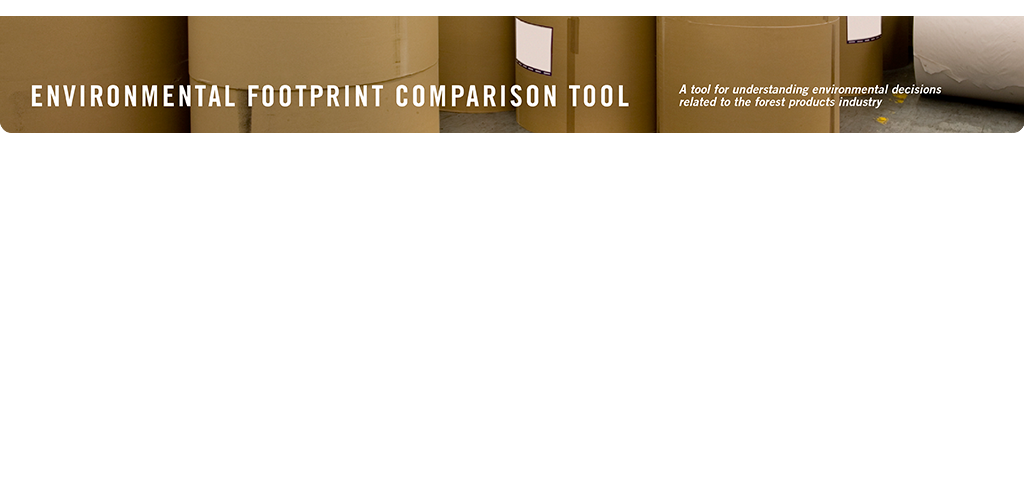
In general, mills that use only recovered fiber require less water to manufacture a specific type of product
than those mills that manufacture the product from on-site produced virgin fiber. The effects need to be
examined on a product-by-product basis, however.
For instance, the differences in water use and effluent flow between virgin and recycled linerboard mills
are much greater than the differences between virgin and recycled newsprint mills (where NCASI data
suggest no significant difference).
In addition, in some product sectors (linerboard and newsprint, for instance), many mills use a
combination of virgin and recycled fiber. At these mills, the water systems in the �virgin� and �recycled�
parts of the mill may be interconnected, making it difficult to generalize about the effects of increased
recycling.
When considering these aspects in the context of comparing recycled and virgin fiber, note that trade-offs
undertaken at an individual mill site ultimately have cascading effects through the overall industry�s fiber
cycle. Given that the recycled and virgin fiber cycles are inherently interrelated, shifts in
environmental aspects due to changes in the usage of one fiber type versus another result in shifts
elsewhere in the fiber cycle. Life cycle assessment (LCA) is a tool that can help examine these
interactions. LCA, particularly in the context of looking at the manufacturing of recycled versus virgin fiber
pulp, is discussed in NCASI Technical Bulletin No. 1003.
Follow the links to the right for more information.

More information:
Paperboard
Containerboard
Recycled Paperboard
Newsprint
Tissue Fine Paper
- WATER
- ENERGY
- GREENHOUSE GASES
- CHLORINATED COMPOUNDS
- WOOD USE
- ODOR
- EMISSIONS TO AIR
- DISCHARGE TO WATER
- SOLID WASTE
- Lowgrid10
- Lowgrid11
- Lowgrid12
- Lowgrid13
- Lowgrid15
- Lowgrid16
- Lowgrid17
- Lowgrid18
- Lowgrid19
- Lowgrid20
- Lowgrid21
- Lowgrid22
- Lowgrid24
- Lowgrid25
- Lowgrid26
- Lowgrid27
- Lowgrid28
- Lowgrid29
- Lowgrid30
- Lowgrid31
- Lowgrid32
- Lowgrid33
- Lowgrid34
- Lowgrid35
- Lowgrid36
- Lowgrid37
